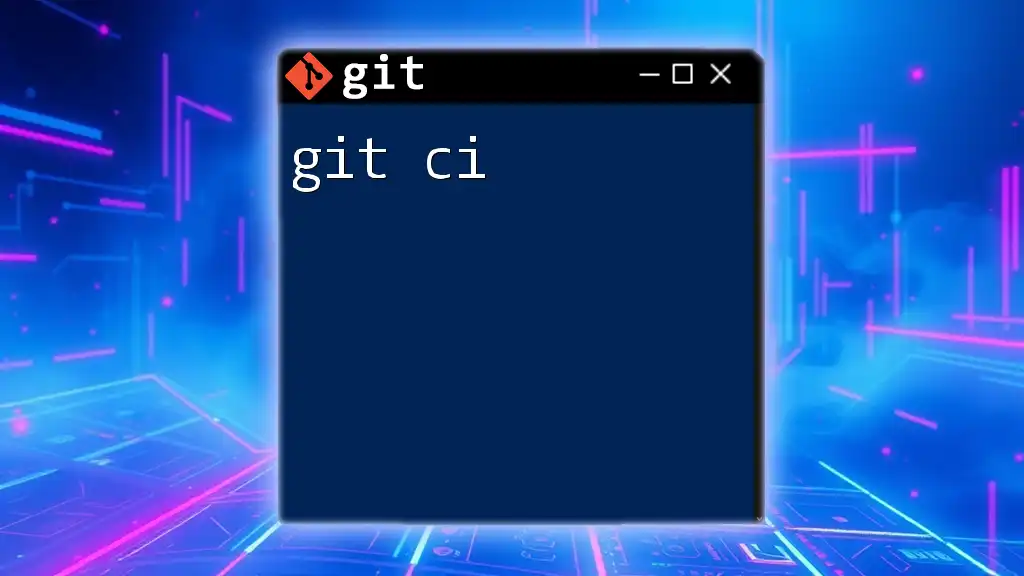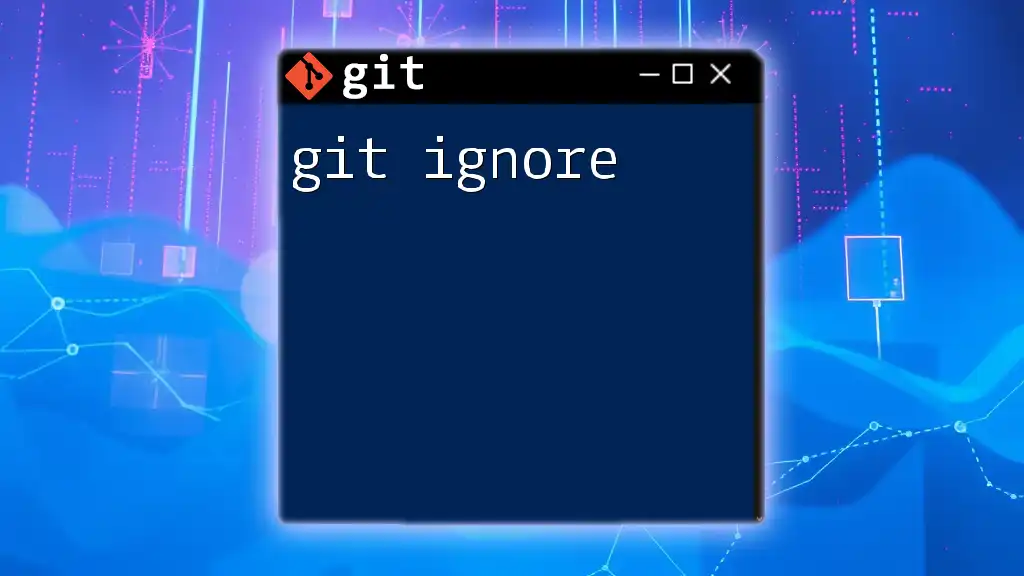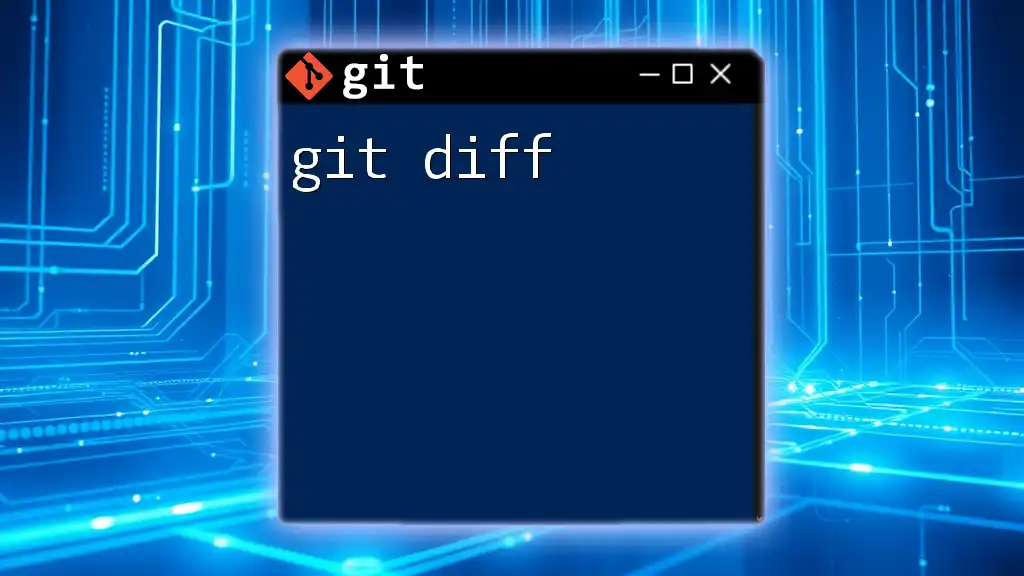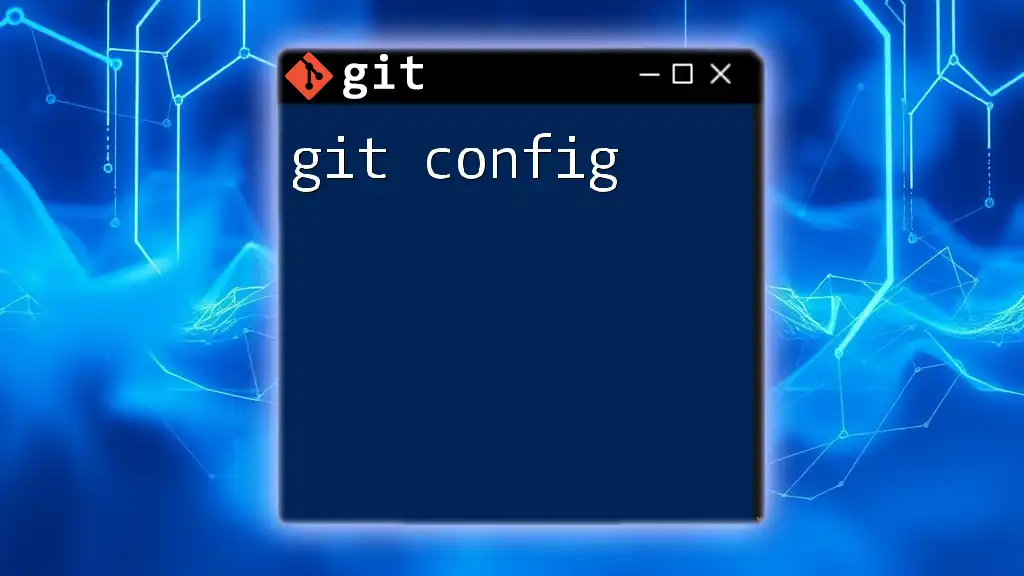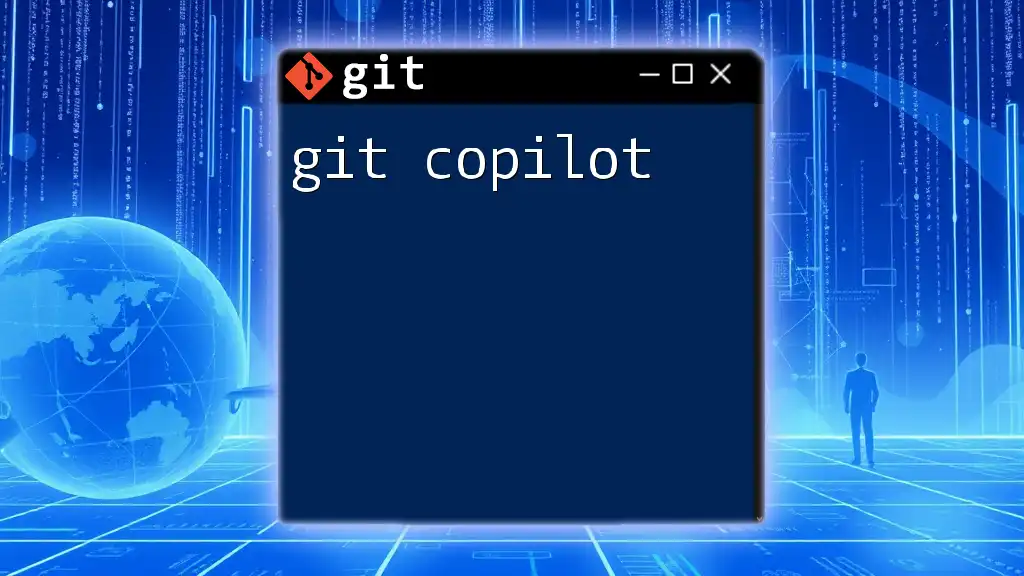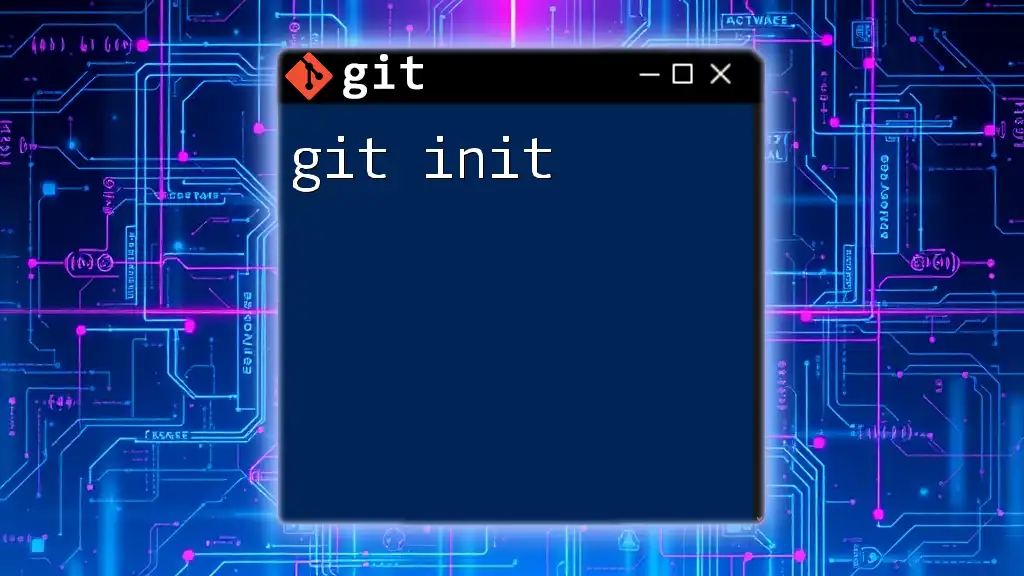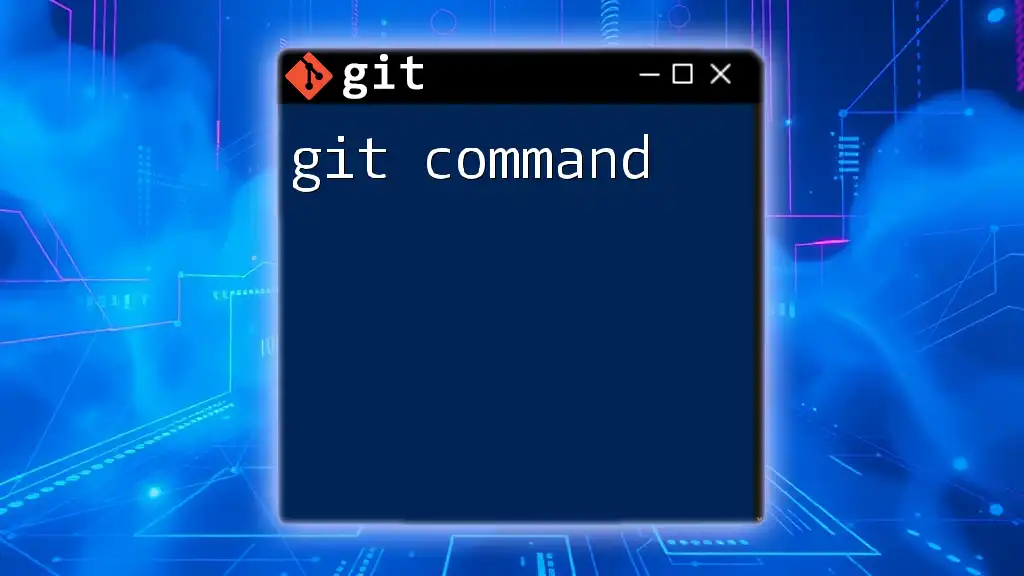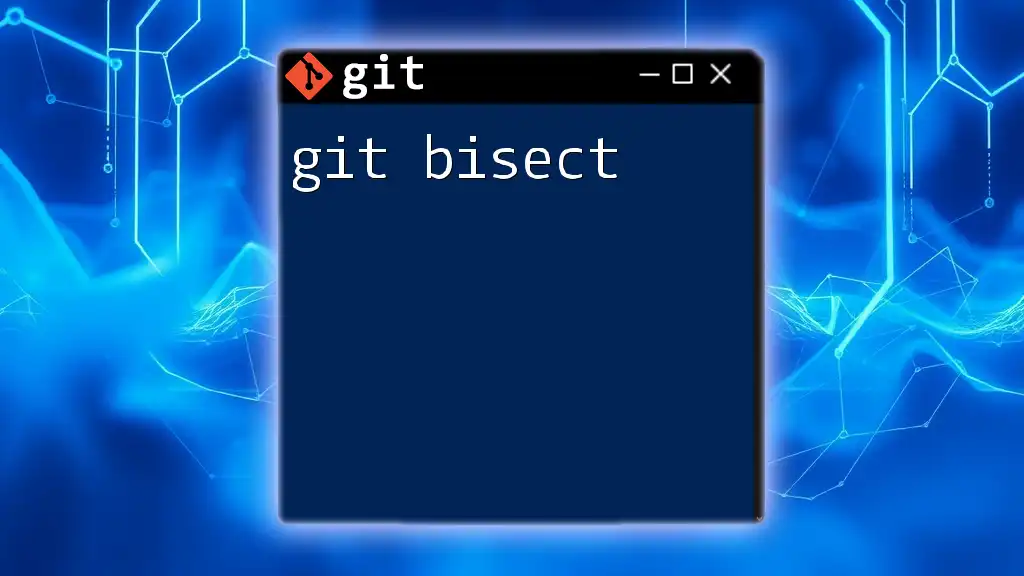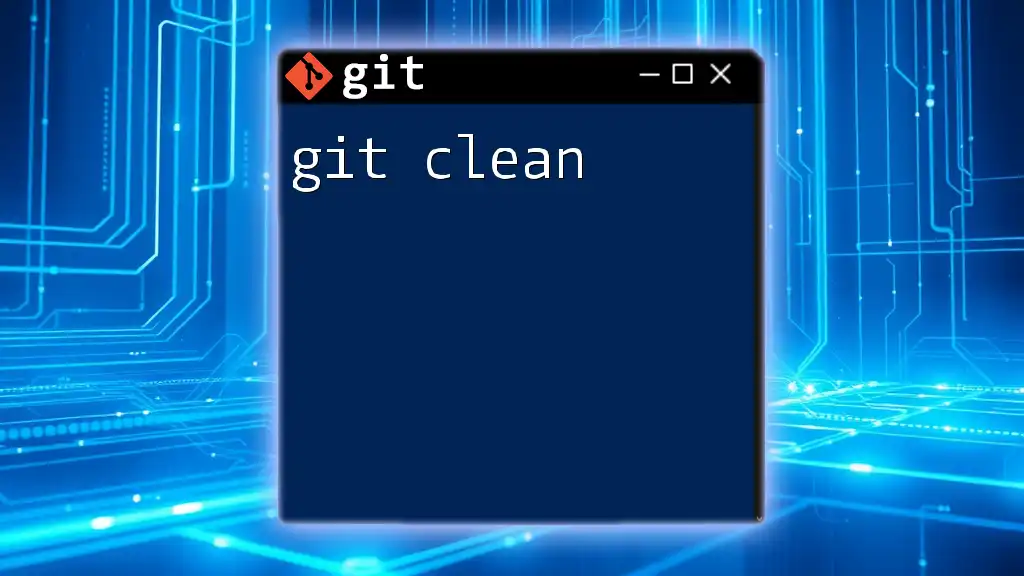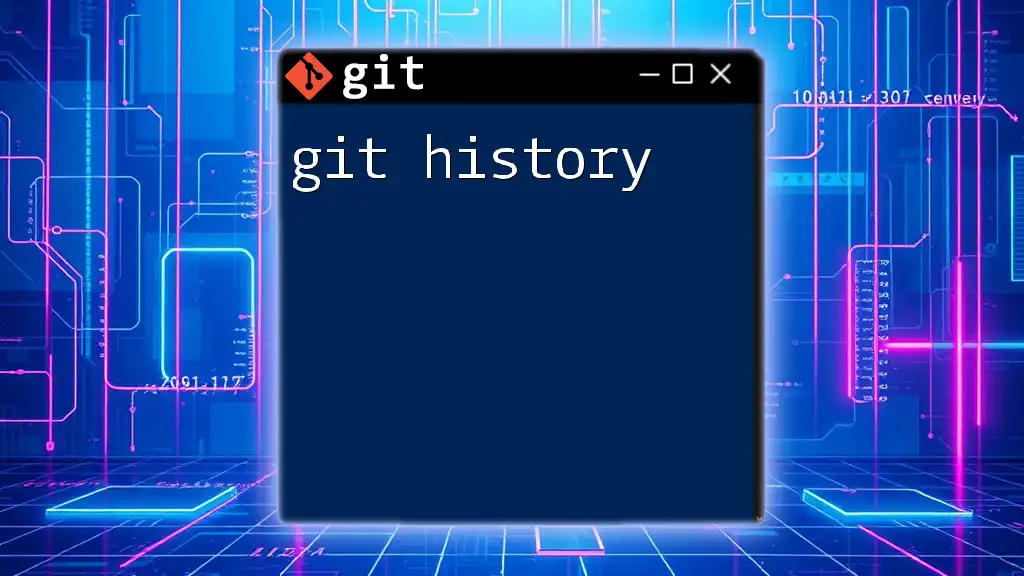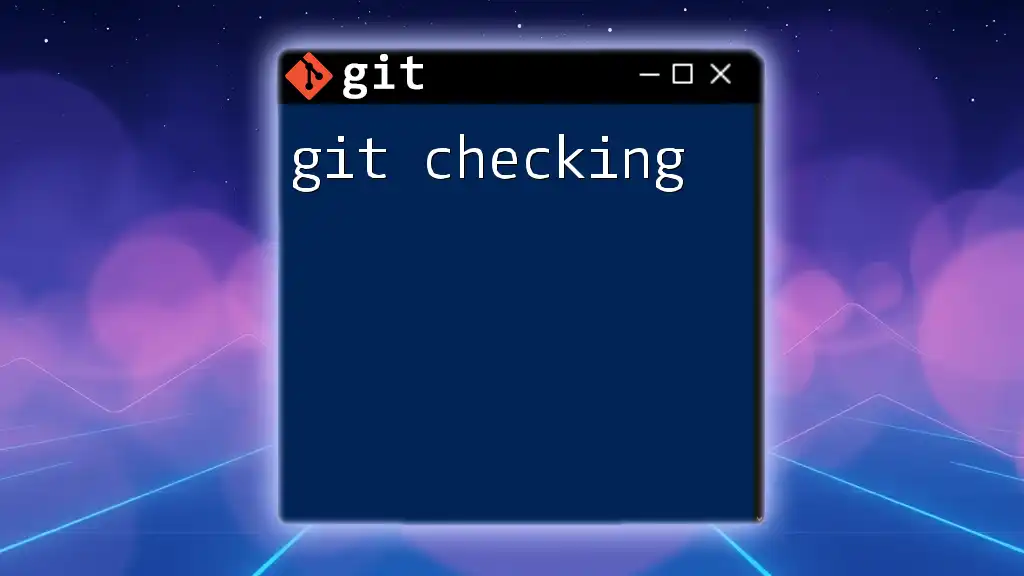The `git ci` command is a shorthand alias for `git commit`, used to save changes to the local repository with a message explaining what was changed.
git commit -m "Your commit message here"
Understanding Git Commits
What is a Commit in Git?
A commit in Git serves as a crucial building block for any development project. It represents a snapshot of your project at a specific point in time. This means that every time you commit changes, you're effectively creating a record of your work that you can return to later. Commits allow you to track history and collaborate with others seamlessly.
Anatomy of a Git Commit
Every commit has a distinct structure consisting of several important components:
- Commit Hash: This is the unique identifier for a commit, generated automatically by Git.
- Author Information: Details about who made the commit, including the name and email.
- Commit Message: A brief description of what changes were made.
Here's an example of a commit structure to illustrate:
commit 9f8c8c7167b32e0a2f0cde5d6a245c16e3e4fda3
Author: John Doe <john@example.com>
Date: Mon Oct 17 15:59:12 2023 +0200
Fix broken links in README
Each part plays a critical role in helping you and your collaborators understand the history of your project.
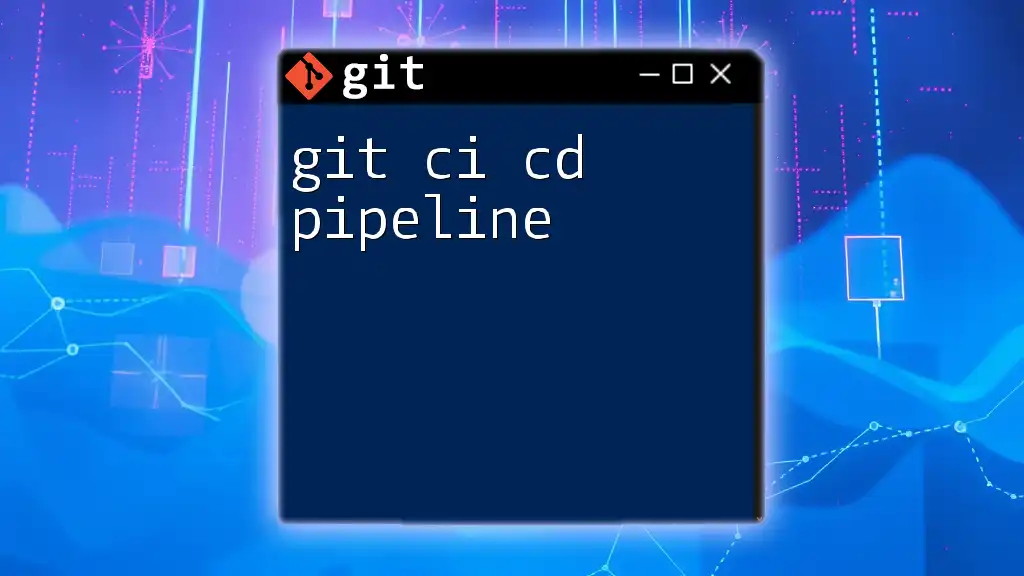
Using git ci in Practice
Setting Up Your Git Environment
Before you can start making commits, you need a functioning Git environment.
Initializing a Git Repository
To create a new repository, you’ll use the `git init` command. This sets up a new Git repository in your current directory. Simply navigate to your project’s folder and run:
git init
Once your repository is initialized, it's crucial to configure your user information. This allows Git to associate your commits with your identity.
Configuring User Information
Setting your name and email is vital for tracking who made changes. You can do this using the following commands:
git config --global user.name "Your Name"
git config --global user.email "you@example.com"
These configurations are essential in collaborative environments where multiple developers work on the same project.
Staging Changes for Commit
What is the Staging Area?
The staging area is where you prepare your changes before committing them. It allows you to select specific changes rather than committing everything at once.
Using git add
To stage changes, you use the `git add` command. For instance, if you want to stage all modified files, you can run:
git add .
This command adds all changes in your project folder to the staging area.
Viewing Staged Changes
To check what changes are ready for commit, you can use the following command:
git status
This gives you a clear overview of your staging area, displaying which files are staged, unstaged, and untracked.
Making a Commit Using git ci
The git ci Command Explained
Now that you've staged your changes, it's time to make your commit. The command used to commit staged changes is `git commit`.
Basic Usage of git ci
To make a commit, you simply specify a message that describes the changes. Here’s how to do it:
git commit -m "Your commit message"
Example of a Commit:
git commit -m "Add initial project files"
Using the `-m` flag allows you to write a concise message directly from the command line.
Advanced Commit Options
Writing Effective Commit Messages
A well-written commit message provides context and understanding for your changes. Adopting a structured approach to writing your messages is recommended. A good rule of thumb is to use the imperative mood. For example:
- Good: Fix bug in user login
- Bad: Fixed the bug in user login
Using Flags with git ci
Git provides several options with the `git commit` command to enhance its functionality.
- Common Flags:
- `-a`: This flag automatically stages modified files before committing. You can do this with:
git commit -a -m "Fix: update configuration"- `--amend`: If you need to modify the previous commit (for example, to fix a typo in the commit message), you can run:
git commit --amend -m "Update: correct typo in README"
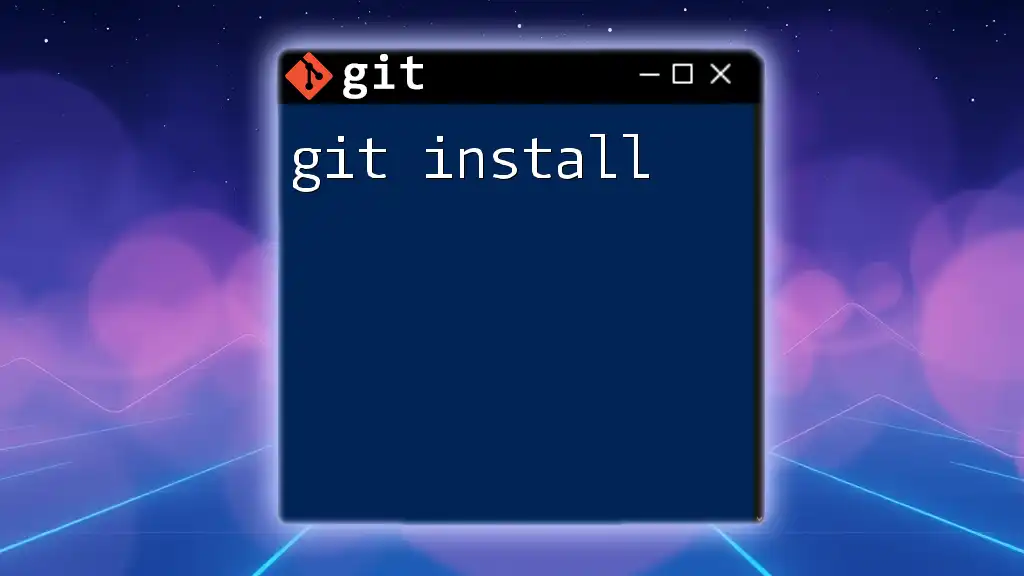
Viewing Commit History
Using git log
After making several commits, you might want to review your commit history. The `git log` command provides this functionality.
You can run:
git log
This command will display a detailed history of all commits made in the repository.
Searching Through Commit History
Finding specific commits can become challenging as your project grows. Fortunately, you can search through your commit history using different flags.
For example, to search for commits with a specific keyword in the message, you can use:
git log --grep="fix"
This command will display all commits that contain the word "fix", making it easier to locate relevant changes.
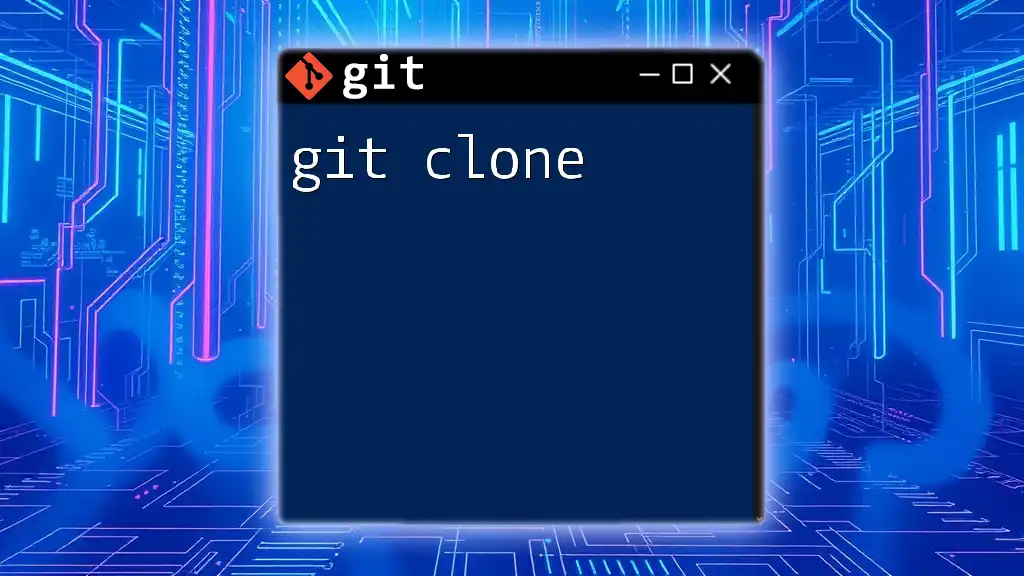
Conclusion
Regularly committing your changes using `git ci` is a fundamental practice for maintaining the integrity of your project. By learning the ins and outs of committing in Git, you'll be better equipped to manage your development workflow, collaborate with others, and keep your projects organized.
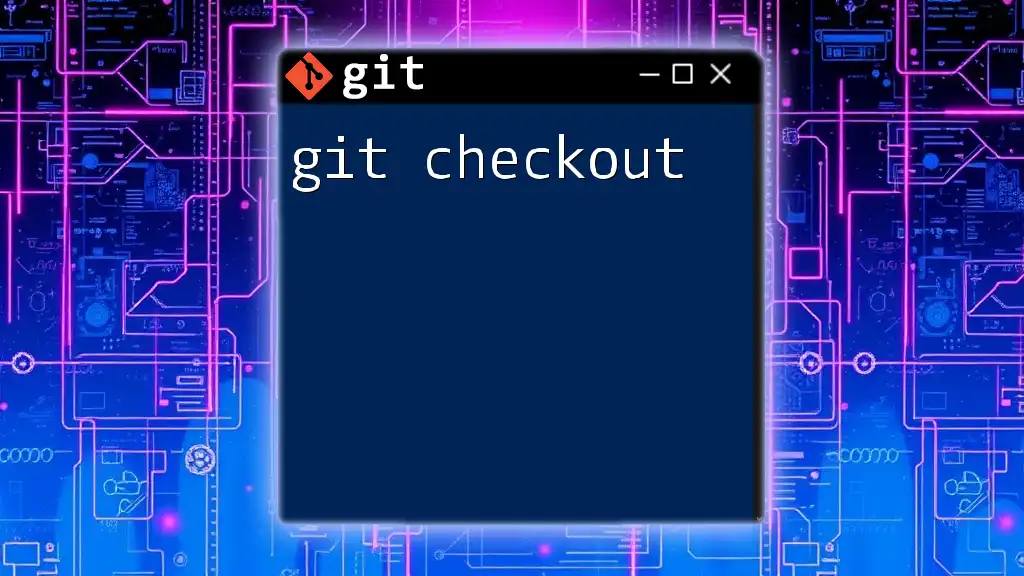
Additional Resources
For further reading, consider exploring the official Git documentation, which provides an extensive resource for understanding more complex Git functionality, best practices, and advanced features.
FAQs
-
What happens if I forget to stage changes?
If you forget to stage changes, they won't be included in your commit. Git only commits what is in the staging area. -
How can I revert to a previous commit?
You can use `git checkout` to revert to a previous commit, or `git revert [commit-hash]` to create a new commit that undoes changes. -
What to do if I made a mistake in my commit message?
You can amend your last commit with `git commit --amend -m "New commit message"` to update the message.

